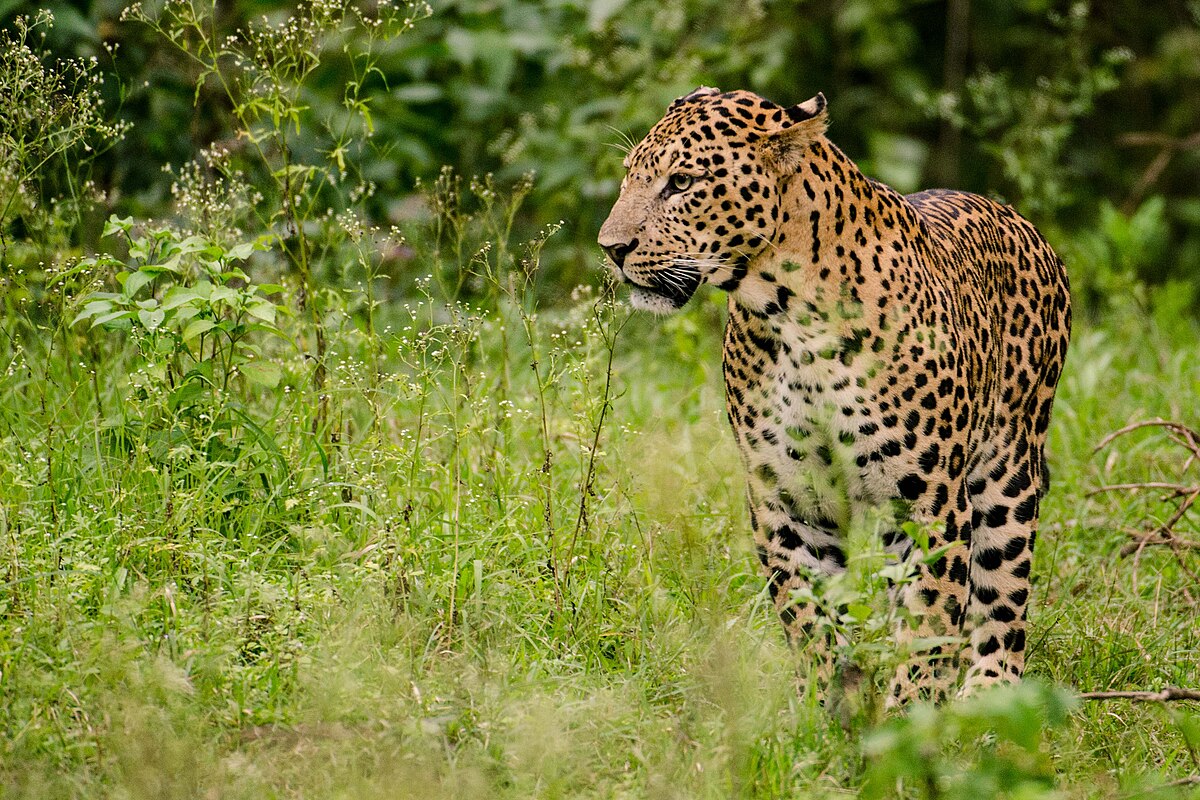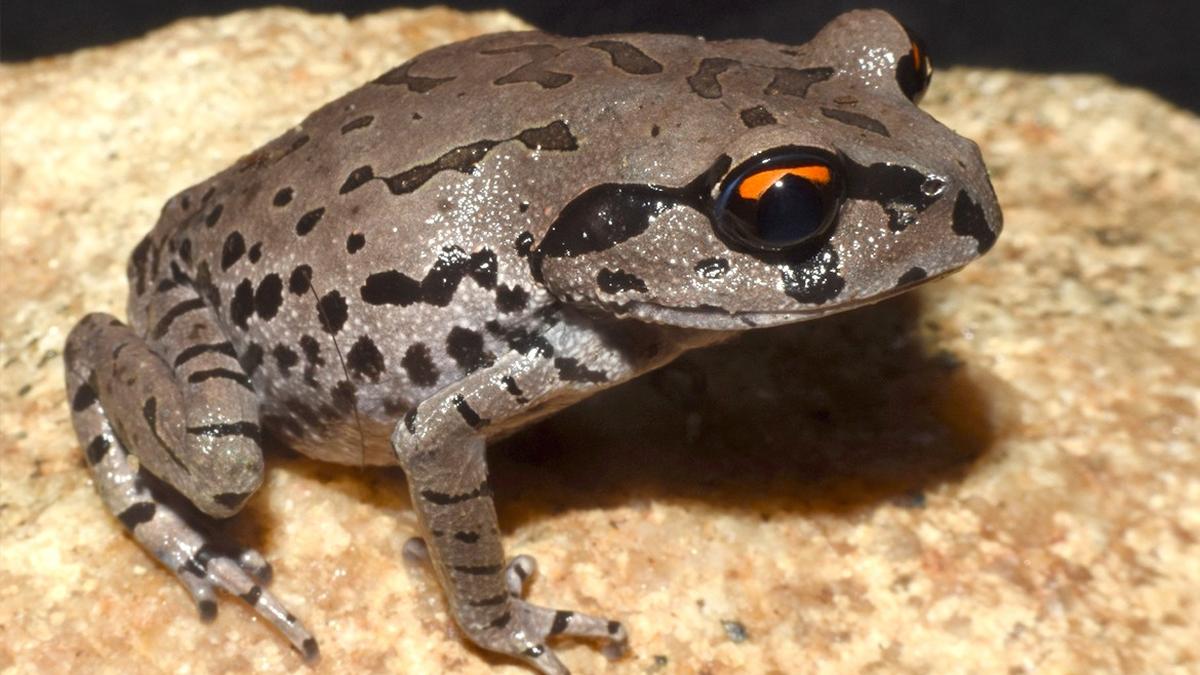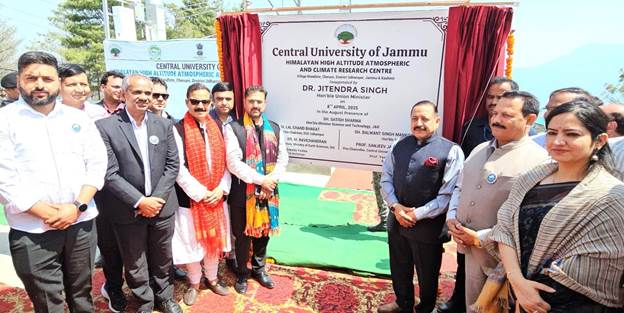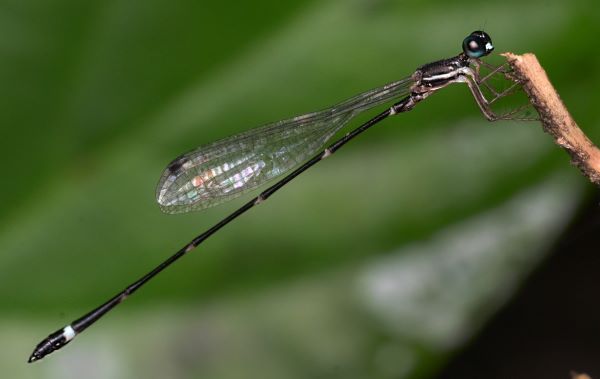
The Delhi Forest and Wildlife Department discovered another leopard in the Asola Bhati Wildlife Sanctuary thus increasing the total sanctuary leopard population to 12 since last September. The leopards actively breed at the sanctuary which represents a positive development in preserving biodiversity in the area. The sanctuary stretches across 32.7 square kilometers and it functions as an vital ecological region that retains water for the cities of Delhi, Faridabad, Gurugram while serving as wildlife migration path from Sariska National Park in Rajasthan.
Context:
-
The Delhi Forest and Wildlife Department announced another sighting of a leopard in the Asola Bhati Wildlife Sanctuary which increased the sanctuary's leopard population to 12 since September last year.
Asola Bhati Wildlife Sanctuary Overview:
Location:
-
The sanctuary occupies 32.7 square kilometers of land that borders Tughlakabad in Delhi.
-
The ecological connection between Sariska National Park in Rajasthan extends through Mewat in Haryana and continues to Faridabad and Gurugram before reaching its final destination.
Biodiversity:
-
This area contains an extensive selection of trees together with shrubs along with herbs while supporting grasses.
-
A variety of animals such as mammals, reptiles and amphibians together with butterflies and dragonflies inhabit the sanctuary area.
-
It also hosts around 200 species of birds, both resident and migratory.
-
The sanctuary provides vital water recharge services to Delhi, Faridabad and Gurugram creating an essential region to maintain local water resources.
Leopard Population Growth:
-
A new leopard sighting has resulted in a greater leopard population within the sanctuary where currently 12 leopards remain.
Eco-Sensitive Zone Tag:
-
The authorities are evaluating whether the sanctuary meets the requirements for an Eco-Sensitive Zone designation because of its significant importance to biodiversity preservation combined with its essential water recharging function.
-
By obtaining the ESZ tag the area will experience improved management and conservation practices and receive enhanced protection together with regulation for sustainably developing the region.
Conclusion:
As an important ecological area The Asola Bhati Wildlife Sanctuary supports both Delhi alongside its adjacent areas. The environmental health of Delhi-NCR region depends heavily on the sanctuary because it now houses more leopards while supporting diverse plant and wildlife populations.



 Cap-and-Trade Model in Surat Cuts Pollution by 30%, Lowers Regulatory Costs
Cap-and-Trade Model in Surat Cuts Pollution by 30%, Lowers Regulatory Costs New Frog Species Leptobrachium aryatium Discovered in Assam After 21-Year Study
New Frog Species Leptobrachium aryatium Discovered in Assam After 21-Year Study India's First High-Altitude Climate Change Research Centre in J&K
India's First High-Altitude Climate Change Research Centre in J&K Unravelling the Mysteries of Pope’s Pit Viper Venom: A Deadly Snake of Northeast India
Unravelling the Mysteries of Pope’s Pit Viper Venom: A Deadly Snake of Northeast India Seaweed: A Nutritional Powerhouse from the Ocean
Seaweed: A Nutritional Powerhouse from the Ocean Discovery of New Damselfly Species in Kerala
Discovery of New Damselfly Species in Kerala Gangotri National Park: A Gateway to Himalayan Biodiversity
Gangotri National Park: A Gateway to Himalayan Biodiversity India Achieves Historic Milestone in Renewable Energy Capacity Addition in FY 2024-25
India Achieves Historic Milestone in Renewable Energy Capacity Addition in FY 2024-25 Uttarakhand Forest Department partnered with WWF to install trap cameras in the interiors of forests
Uttarakhand Forest Department partnered with WWF to install trap cameras in the interiors of forests






